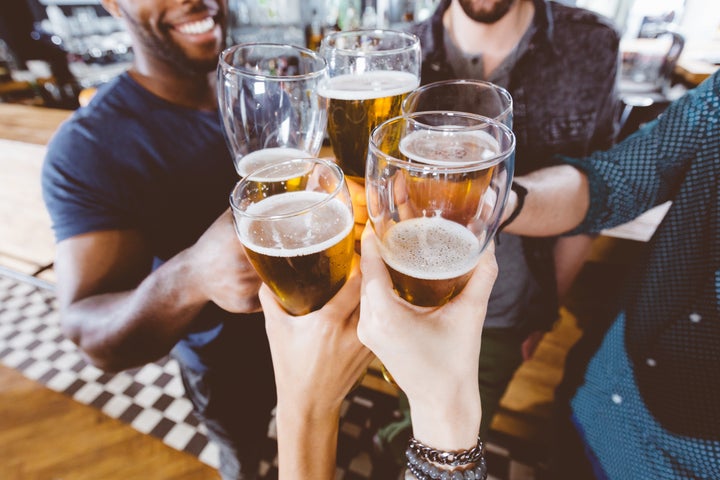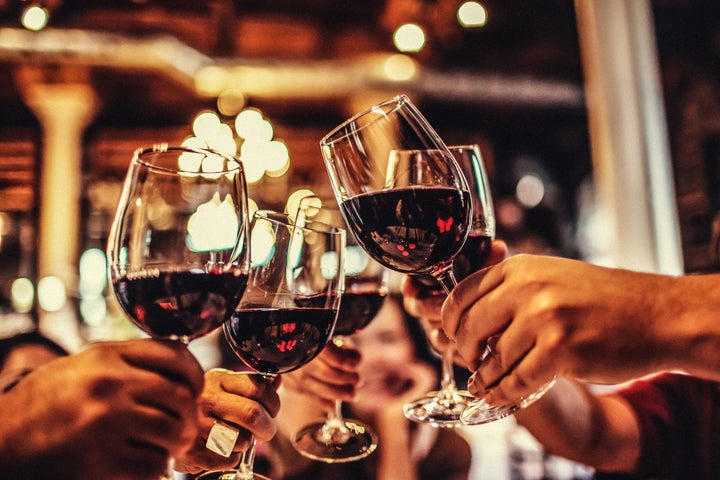
“222 Words” is a series that gives you 222-word explanations to the questions that would normally get lost in a day’s news cycle. Read them while you’re bored at work.
********
In December 2017, a peer-reviewed medical journal reported the size of wine glasses in England had ballooned since the 1700s, but particularly around 1990. Now glasses are over 15 ounces, from a starting point of around 2.
Alcohol consumption also increased during that period ― and while the research didn’t prove the glass size prompted the increased imbibing, it questioned whether that could be part of the reason.
And that’s not all to be confused about these days.

Many people might order a drink at a bar and think they’re getting just that ― one drink. But plenty of beers today have a higher alcohol content than the standard 4 or even 5 percent ― and every percentage change increases your blood alcohol dramatically. Different wine percentages of course, would have the same effect.
And many bartenders don’t use a measuring cup for liquor for mixed drinks (because it looks cool) ― meaning there’s no way to know exactly how much alcohol you have in that gin and tonic.
Further obscuring the amount you’re drinking, a pint of beer (or 16 ounces) is often over two units or “drinks,” according to the government. And with larger wine glasses and arbitrary bartender pours ― who knows?!
So while you think you’re drinking casually, it’s become frustratingly easy to drink way more than intended.
********
For more on this subject:
The U.S. government suggests women should only have one drink per day tops, while men can have two. This is defined as “12 fluid ounces of regular beer (5 percent alcohol), 5 fluid ounces of wine (12 percent alcohol), or 1.5 fluid ounces of 80 proof distilled spirits (40 percent alcohol).”
Recent recommendations from England similarly suggest you shouldn’t drink more than 14 units of alcohol a week, a number much lower than the 1990′s suggestion of roughly double. In 1979, 56 units of alcohol for a week for men was considered all right. Whoops.
It’s bizarrely hard to order a low-alcohol drink at a bar, especially with drink prices as high as they are. Here’s a story from Deadspin about the ridiculous price markups on drinks at bars.
Many popular beers, such as Blue Moon Belgian White Ale and Sierra Nevada Pale Ale, are over 5 percent. America’s most popular non-light beer, Budweiser, is 5 percent. Craft beers are often even higher.
The British journal suggested it’s possible that “a larger cup or glass increases the amount of beverage poured and, in turn, the amount drunk.” The simple change in delivery device altered drinking habits.
If you want to get really particular, there are wine glasses that point out the ounces of a pour in a subtle way.